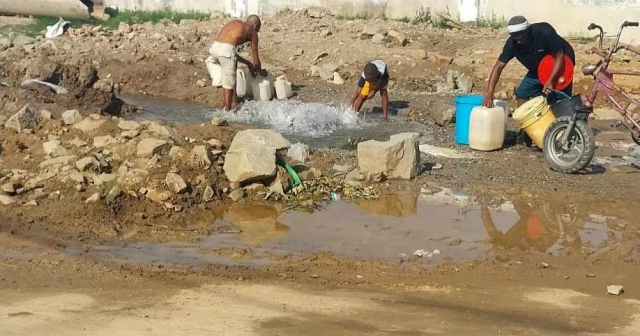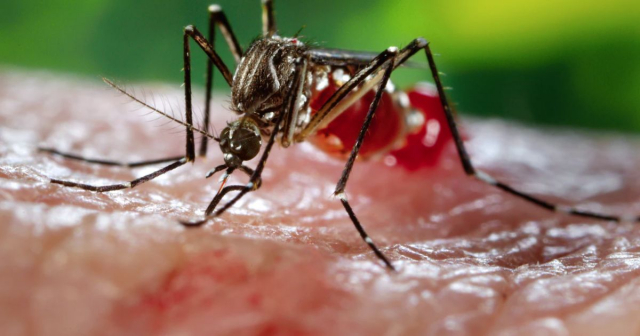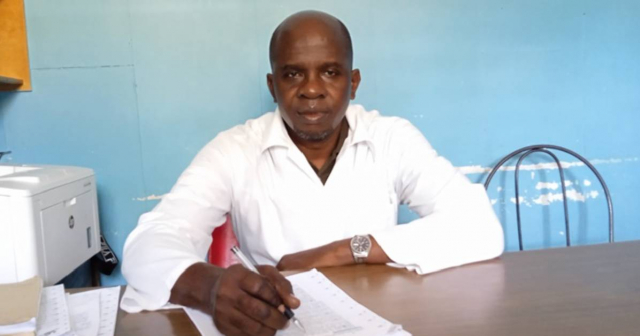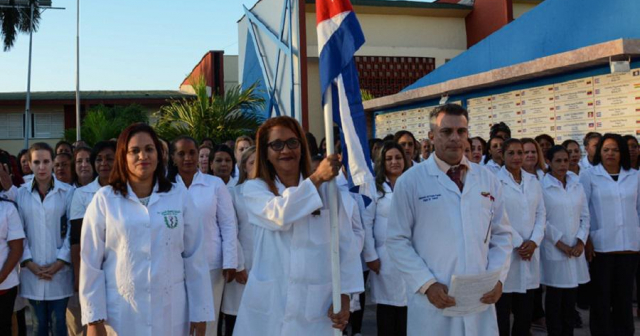
Health authorities in the Isle of Youth have reported that the territory is facing a complex situation regarding the Aedes aegypti mosquito, primarily due to the focal nature of the mosquito, as well as the lack of resources to combat the disease.
Bárbara Daudinot Gómez, director of Public Health in the Cuban special municipality, acknowledged that despite the concerning health situation, they have scarce resources, "which is why fumigation is currently carried out sparingly, exclusively in places where it is essential," as stated to the official newspaper Victoria.
The authorities call for systematically carrying out self-focal tasks inside homes and around communities, paying attention to areas that may be prone to mosquito breeding grounds.
Daudinot Gómez pointed out that positive larvae are mostly found in homes, specifically in low tanks and other containers located in certain areas of the houses.
"For autofocal, 'no resources are needed,' expressed the official, who also mentioned that among the main symptoms of the disease are dehydration and very high fever."
According to the directive, they have conducted studies to determine the transmission of the disease and found that it has undergone transformations.
"In the last five years, it has started around week 25, 26, or 27, which coincides with the months of July and August; however, in 2023, due to atmospheric conditions and other factors such as the situation presented with the water supply forcing residents to store water in their homes, it has been brought forward," he stated.
He warned that "for this reason, the risk is greater, hence the necessary attention to this issue so that it does not become much more complicated."
In Isla de la Juventud, it was stated that there are “25 positive blocks and three repeat offenders, which also have a hygienic environmental risk situation, one of these belongs to the 26 de Julio Popular Council and two to Pueblo Nuevo.”
The population groups most affected are those between five and 24 years old, as well as those aged 65 and older. The latter being the age group in which the highest number of positive cases are also observed.
The situation with dengue in Cuba worsens at this time of year when historically an increase in the presence of the Aedes aegypti mosquito, the disease-carrying vector, and others such as Zika, chikungunya, and yellow fever, is observed.
What do you think?
COMMENTFiled under:






